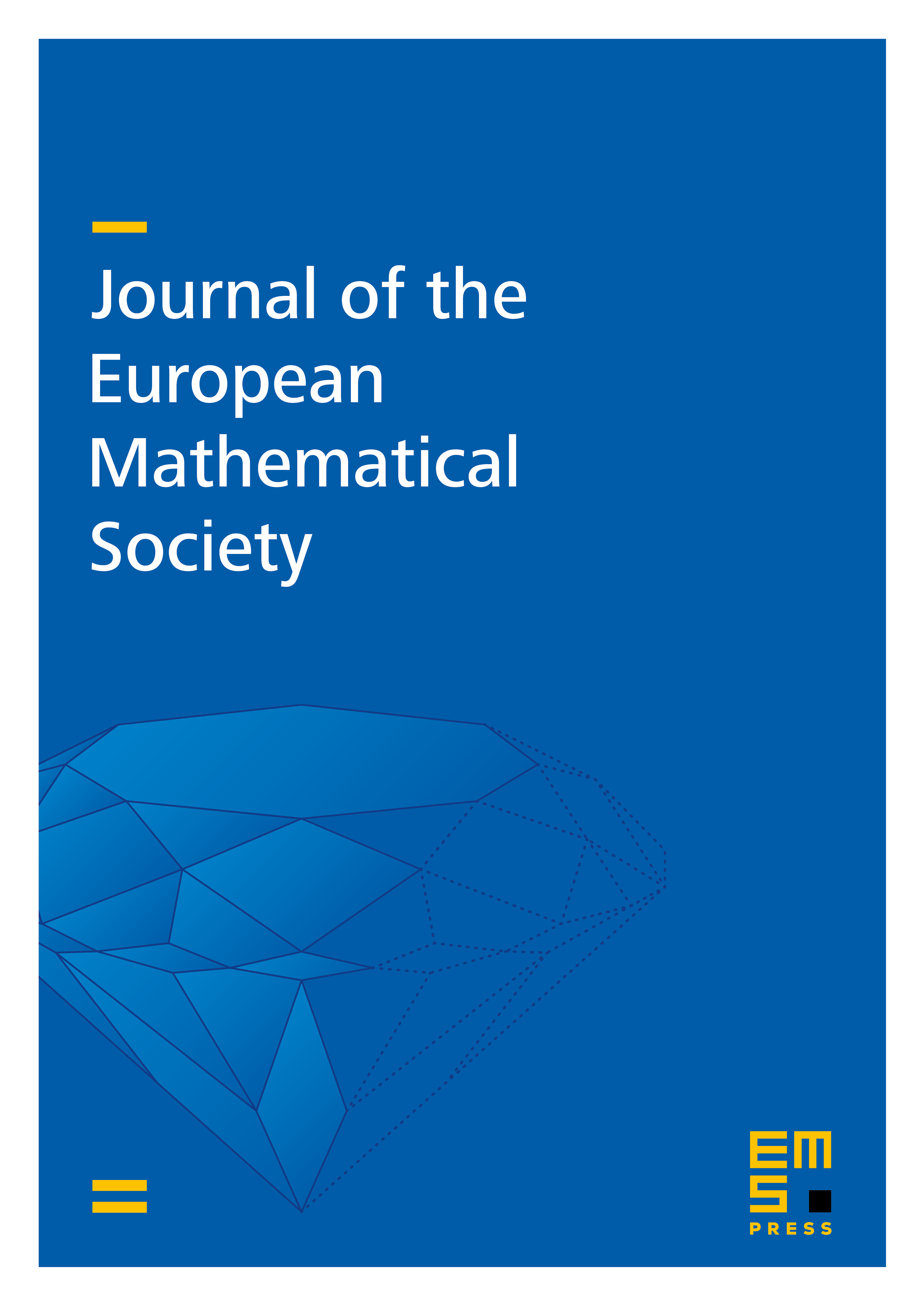Dynamic programming for stochastic target problems and geometric flows
H. Mete Soner
ETH Zentrum, Zürich, SwitzerlandNizar Touzi
Ecole Polytechnique, Palaiseau, France

Abstract
Given a controlled stochastic process, the reachability set is the collection of all initial data from which the state process can be driven into a target set at a specified time. Differential properties of these sets are studied by the dynamic programming principle which is proved by the Jankov-von Neumann measurable selection theorem. This principle implies that the reachability sets satisfy a geometric partial differential equation, which is the analogue of the Hamilton-Jacobi-Bellman equation for this problem. By appropriately choosing the controlled process, this connection provides a stochastic representation for mean curvature type geometric flows. Another application is the super-replication problem in financial mathematics. Several applications in this direction are also discussed.
Cite this article
H. Mete Soner, Nizar Touzi, Dynamic programming for stochastic target problems and geometric flows. J. Eur. Math. Soc. 4 (2002), no. 3, pp. 201–236
DOI 10.1007/S100970100039